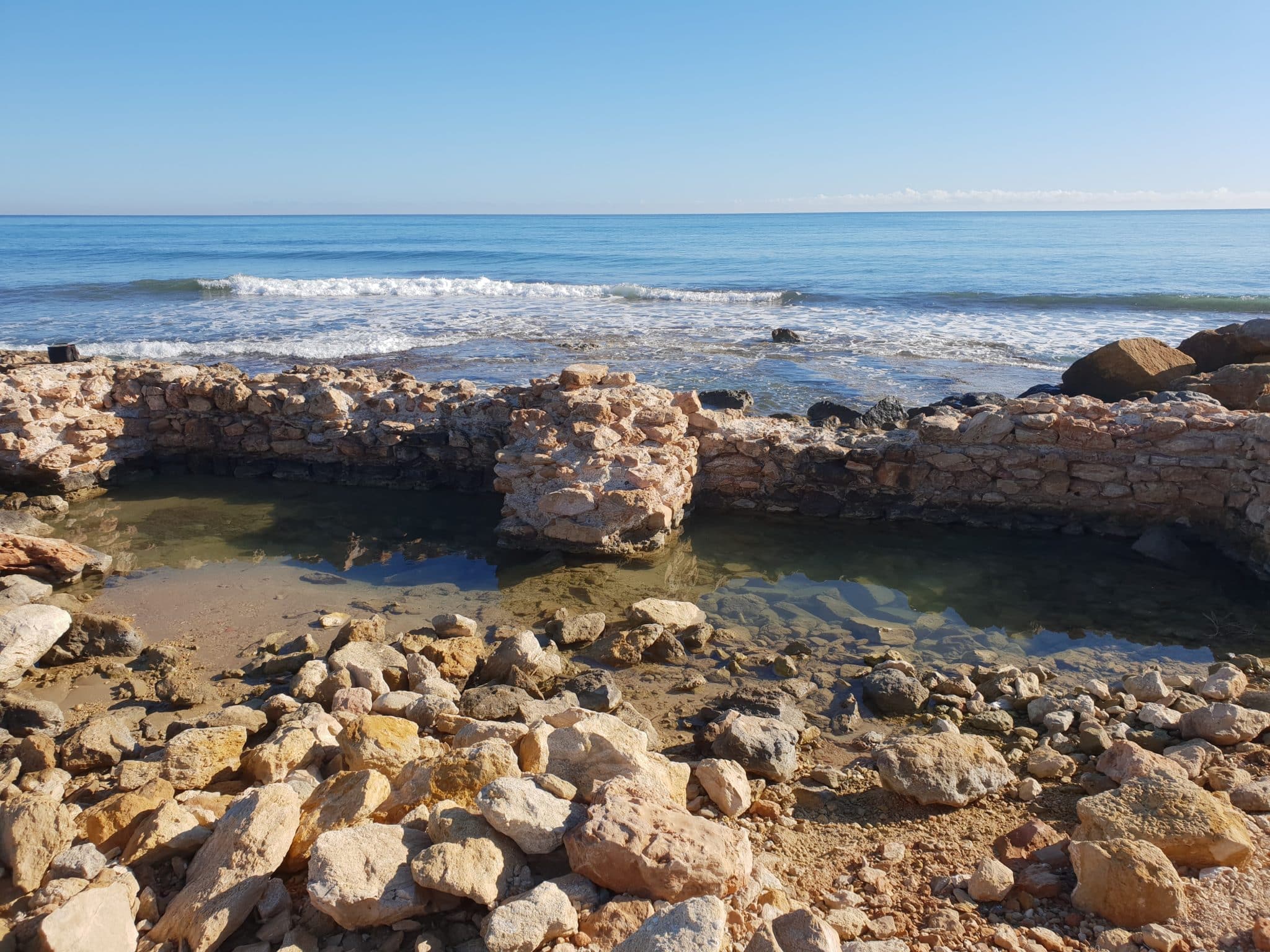
Pablo Samper, Mayoral candidate for Sueña in Torrevieja, has suggested the restoration of La Mata ruins.
The Councillor has proposed the full restoration of the archaeological ruins of the La Mata pier and the north parts of the Lagoon. He is also calling the construction of a visitors’ centre where the numerous archaeological items found in the vicinity of the site could be housed. This site is the oldest in the area and the party is calling for it to be preserved for the benefit of the population.
The visitors centre would include information panels, accessible routes and offer dramatized guided tours. According to the councillor this project would bring with it the regeneration of Emperadores and Lecha streets, the creation of a green area and a large-capacity park-and-ride for public use.
Currently the area is run-down by the passage of time, but the Roman pier is of great importance, having been built in the first century. Today all that remains is a structure of more than thirty metres in length.
Sergio Boj, member of the Sueña Electoral Committee, points out that “the importance of the territory in which we find ourselves lies in the fact that La Mata was located between two commercial routes of great importance and activity during Antiquity”.
Once upon a time the area connected the entire western Mediterranean coast from Cádiz to Rosas, in Girona. Submerged in the sea, countless objects have been found that portray the frenetic activity that the territory experienced as a place of loading and commercialisation of salt, esparto, salted fish and “garum”, a sauce coveted in the Roman world and that was made with fish guts, spices and salt.
Inland and bordering the lagoons of Torrevieja, is the Via Augusta, the longest Roman road in Hispania and that ran from Cádiz to the Pyrenees. We know that the road ran through Campoamor, San Miguel, Montesinos, Rojales and Elche, where there would be a connection with the lagoon of La Mata for the export of salt and salt derived products, according to the remains of numerous pools found submerged north of the lagoon of La Mata that could be an old salting factory.
Samper said: “The implementation of this proposal would add tourist and cultural attraction through the recognition and enhancement of a heritage that is typical of La Mata and that for a long time has been ignored, directly affecting the economy of the population thanks to the increase in the influx of visitors and hikers that will be generated”.
The post Restoration of La Mata Ruins first appeared on Costa Blanca Daily.

